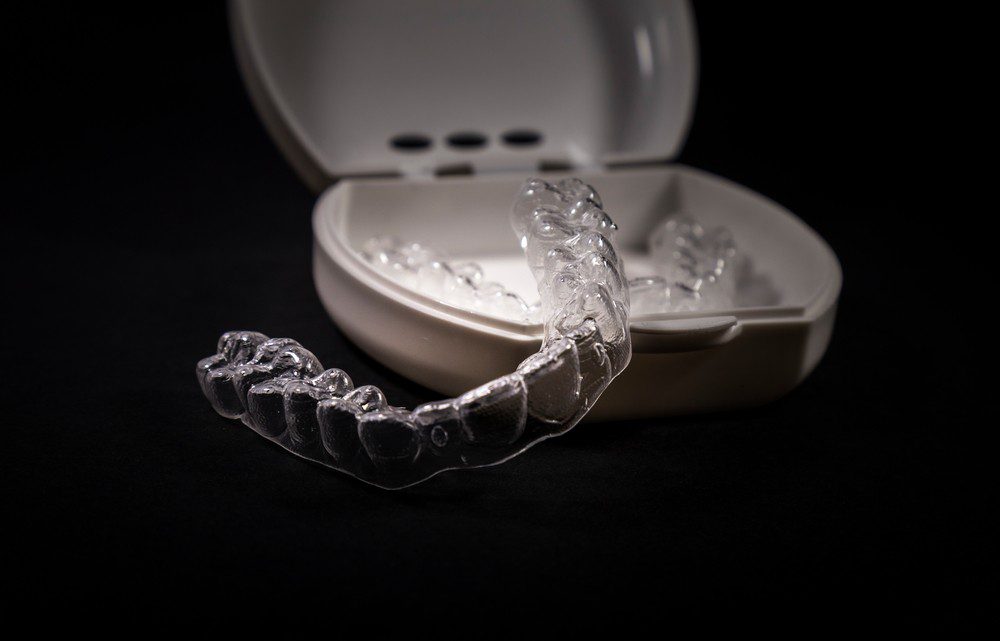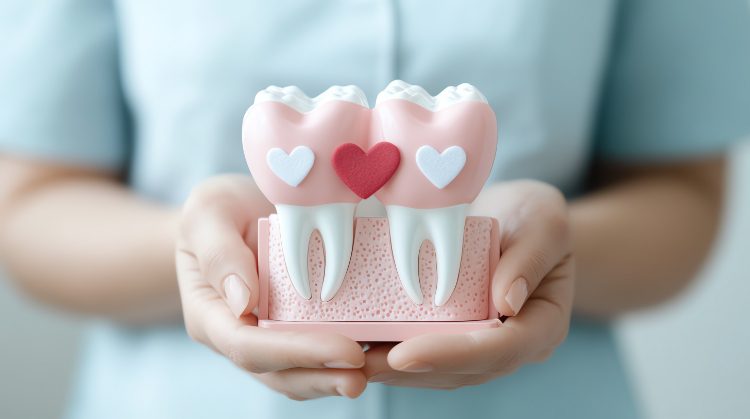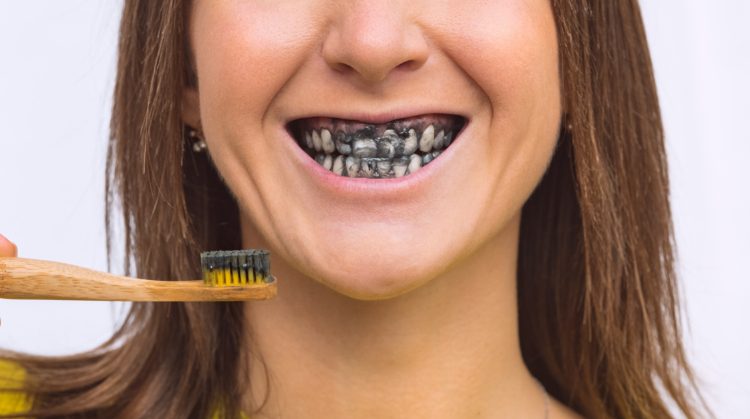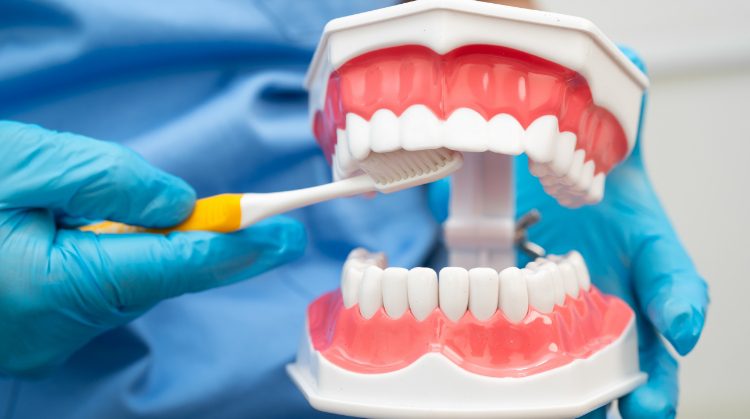
In-home teeth-straightening aligners are becoming more popular as orthodontic costs rise. People are drawn to these clear aligners because they are more cost-effective, less noticeable than braces, and they require no orthodontist visits. But businesses that sell these aligners are surrounded by controversy, with many dental professionals and customers claiming that they do more harm than good. Consumer complaints to advocacy groups, regulators like the Federal Trade Commission and the Food and Drug Administration, and lawsuits surrounding these clear aligners are growing dramatically.
Many people order these aligners hoping they will have a cheap, quick fix to achieve their dream smile, but many customers are dissatisfied due to their teeth moving at weird angles, their bites being changed in ways that are damaging, and their teeth ending up worse off then they were before. Now, most dentists, orthodontists and even the American Dental Association are speaking out against the use of these mail-order aligners, with many of them saying there are serious dangers for patients who try them.
One potential problem is that there is no extensive pre-treatment exam. When a dentist or orthodontist is considering treatment options for a patient, he or she identifies and treats serious oral health concerns first. Gum disease and cavities are some of the health issues they look for first, but when doing in-home treatment these issues are overlooked. There is also no real supervision during the treatment.
Usually, when your teeth are being straightened by a professional, you are required to make regular visits to your orthodontist to make sure your teeth are moving at the safest and most efficient rate. Depending on the patient, the orthodontist or dentist will adjust treatment so that it best fits you and your oral health. Mail-order aligners are done completely in-home, which means there is no one to supervise the rate at which your teeth are moving. This means your treatment cannot be adjusted to fit you and your teeth. Because of this, people who use these aligners can develop gum disease, cavities and damaged or ruined bites. You also risk your teeth becoming much worse than they were before.
Many customers of mail-order aligners end up needing to be treated by a dentist or orthodontist anyway, and that’s after spending a lot of money on the in-home aligners. There have been hundreds of reports from customers of these companies claiming that their teeth fell out, the aligners caused cuts to their gums, they were unable to close their mouth or chew properly, and the aligners made their teeth much worse.
These aligner companies often require their customers to sign agreements that say that any issues like these are your responsibility and not theirs. Some of them even claim to have almost a five-star rating on Google, but the reason for this is even though you can get a refund after 30 days, customers are asked to sign a release that states that the customers won’t complain publicly. Currently, there is a shareholder lawsuit fighting this by claiming that a release like this allows businesses to leave investors in the dark about their product. Dental associations across the United States are also filing lawsuits against these products claiming that the companies are engaged in an unlawful practice of dentistry.
It’s important to know that not all aligners are bad, but it’s also important to know that they are not for everyone. You should never try to straighten your teeth without the help and supervision of an experienced, licensed orthodontist throughout the entire treatment process. Going with in-home aligners may seem like a quick and cheap fix at first, but in the long run, they do more harm than good.
Ready for an orthodontic consultation? Call Dr. Norman today to make an appointment!



